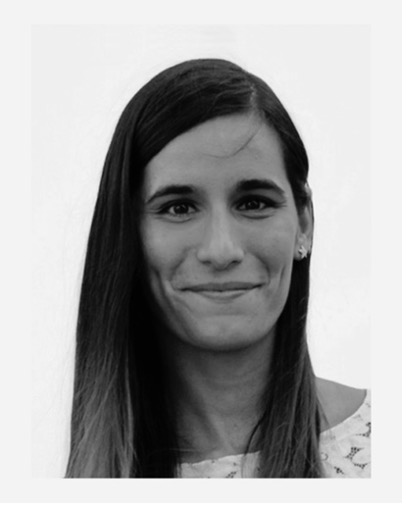March 8, 2021
Canepa uses fellowship award to perform research at K-State

The College of Architecture Planning & Design announces Elisabetta Canepa's selection by the European Commission as an individual fellow of the Marie Skłodowska-Curie Action program. Her fellowship brings her to Kansas to study architectural atmospheres identified by a state of significance and empathy between an individual and their built environs.
Beginning January 2022, the Genoese researcher will spend two years at Kansas State University working with APDesign’s Professor Bob Condia, Michael Young in psychology, and with the scientists from the Academy of Neuroscience for Architecture. A preparatory five-month secondment at Aalborg University in Denmark is scheduled, during which time she will work with Professor Andrea Jelić and the Brain, Body, Architecture Research Lab. Canepa is a postdoctoral fellow at the Department of Architecture and Design, Polytechnic School University of Genoa in Italy. As a practicing architect and scientist, she will bring a vanguard perspective as a visiting scholar and faculty to the design of the spaces for well-being. Her goal is to formalize an architectural theory concerning atmospheric perception.
The European Commission's Marie Skłodowska-Curie Action fellowships are the most prestigious European research grants for promising young researchers who have shown potential for independence in research and the ability to build an excellent curriculum. The fellowship grants, worth more than 250,000 Euros, allow researchers to carry out their individual research project for three years by bolstering their skills through advanced training, international and intersectoral mobility. From the EU website, this fellowship is ". . . characterized by a 'bottom-up' approach, the programme allows researchers to work on projects in all research fields while receiving training and supervision to enhance their skills and boost their careers. The fellows supported will work on research projects that tackle global challenges such as climate change, health and migration, as well as on areas relevant to the EU missions in Horizon Europe, including cancer, smart cities and healthy soils and oceans."
Canepa's experiments will proceed through models in virtual reality, into reality, while exploiting eye-tracking, electroencephalogram, heart rate variability, galvanic skin response, etc. for biological confirmations of behavioral responses.
She suggests, "For human beings, spatial experiences are conditioned by architecture. How we perceive our built surroundings affects our psychophysical wellbeing, feelings, and behavior. This argument is not a new one. However, we have yet to objectively consolidate evidence in this regard. Recently, architecture has started to interact with cognitive neuroscience. Driven by technological progress and informed by other disciplines (such as environmental psychology), their synergy can foster the evolution of the study of how people perceive the totality of sensory properties that constitute a room. The manipulation of ambient conditions (e.g., lighting, colors, and materiality) is presumed to impact our emotions. The emotional potential radiated by the built environment composes that which we commonly call 'atmosphere.' The hypothesis is that architectural atmospheres define a state of resonance and identification (emotive and cognitive) between an individual and their built surroundings. This embodiment-based perspective allows us to design quantitative, reproducible methods to analyze atmospheres. The project aims to investigate the effects of architectural atmospheres on our emotional responses that underlie behavioral intentions and feelings, testing an interdisciplinary, evidence-based approach. Physiological recordings and measurements of neural activation integrate psychological self-reports that describe the consciously perceived experience. The value of this proposal lies in the opportunity to assess — through neuroscientific criteria and methodology—the existence of a neurobiological basis of atmospheric perception that would explain the link between specific visual atmospheric stimuli and altered emotional states. The planned experiments will address the current lack of empirical data and test new experimental paradigms, such as the use of virtual reality and electroencephalography technology, in order to formalize an architectural theory concerning atmospheric perception."
After her two-year residence, having studied the emotional and cognitive impact of architecture on the human psyche, Canepa will return to the Department of Architecture and Design, for another year of refining a theory in the research group of Professor Valter Scelsi.
For more information contact Condia at condia@k-state.edu.
